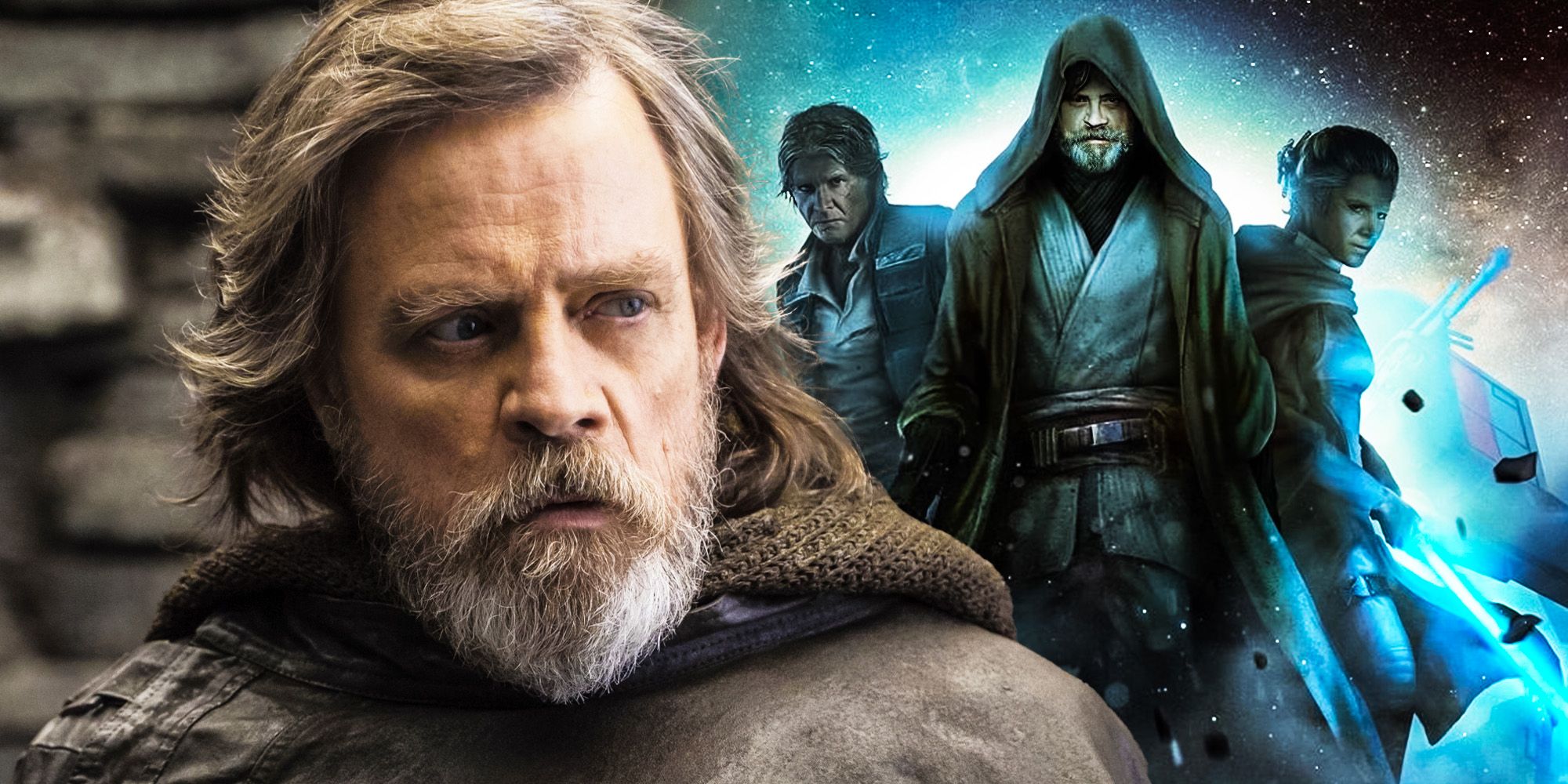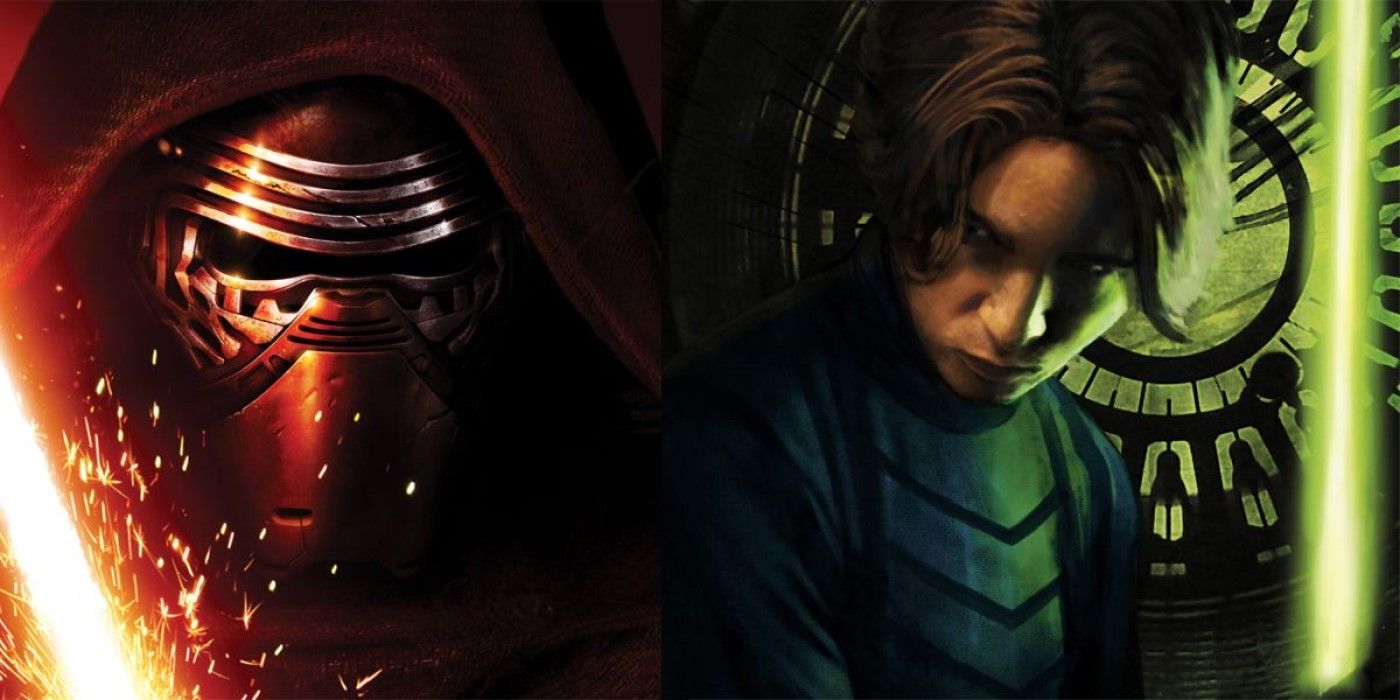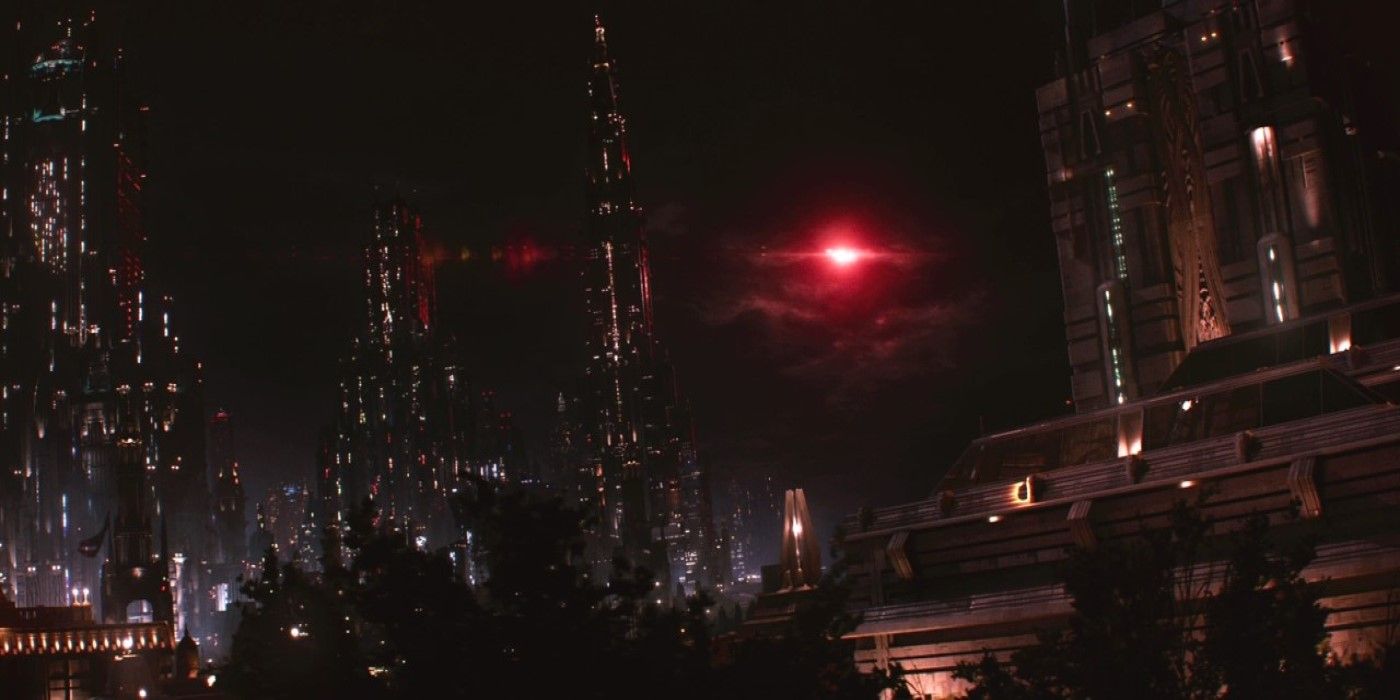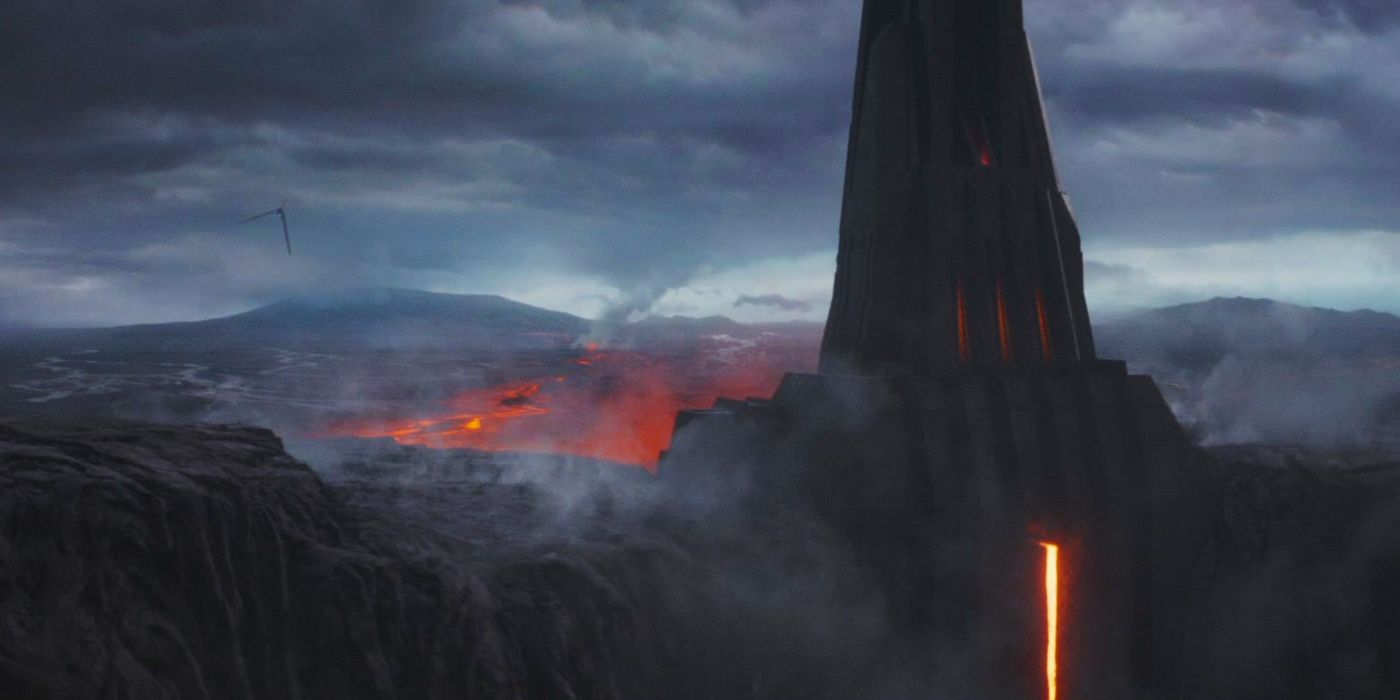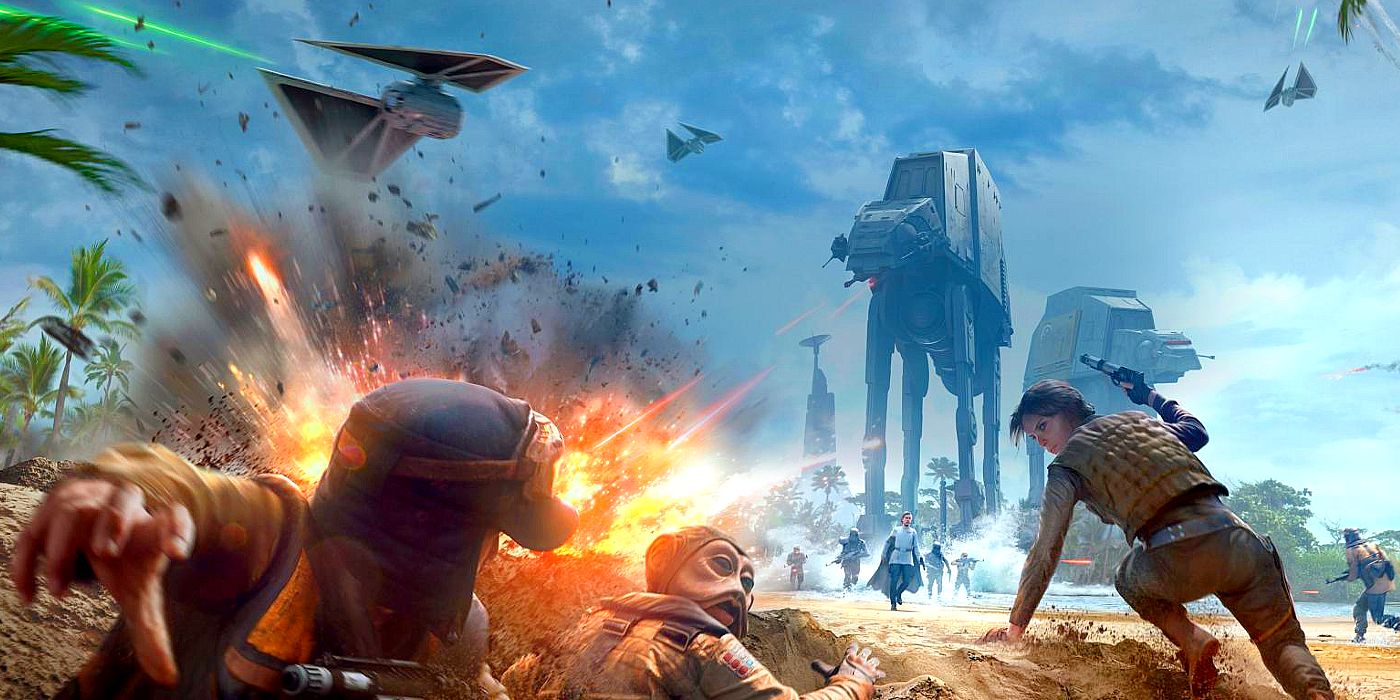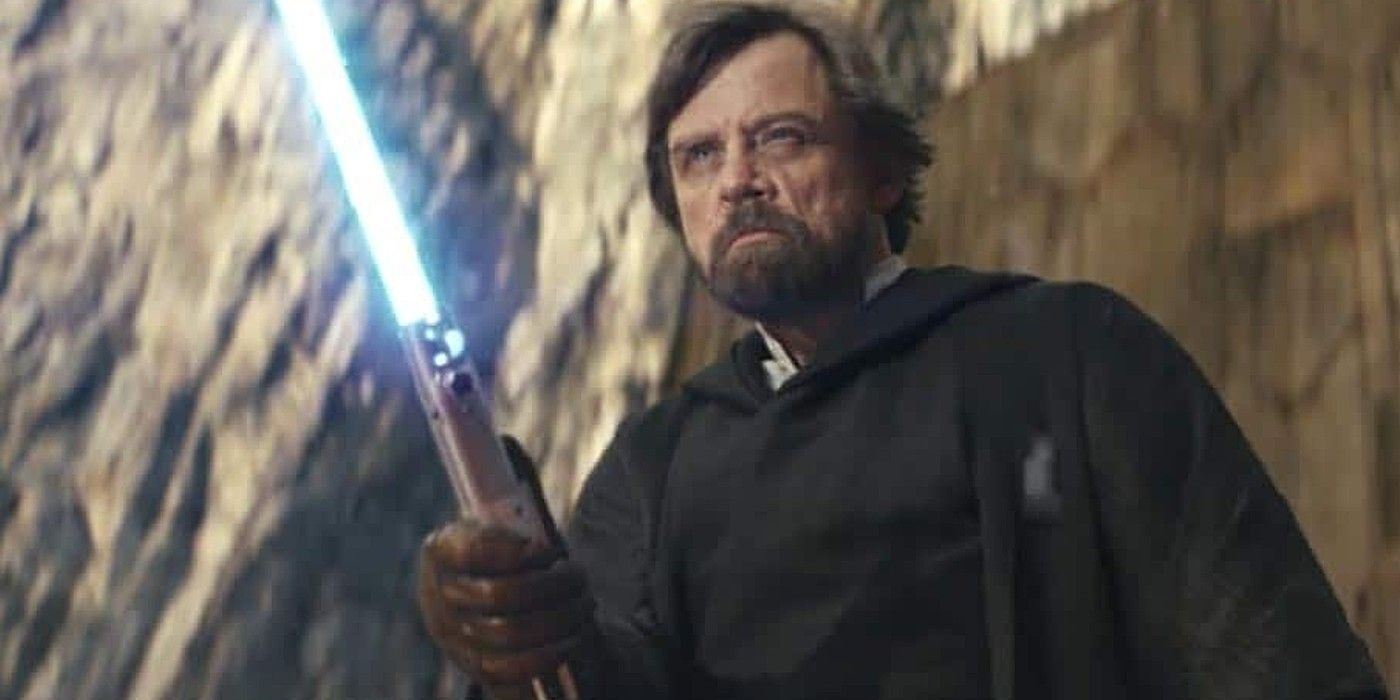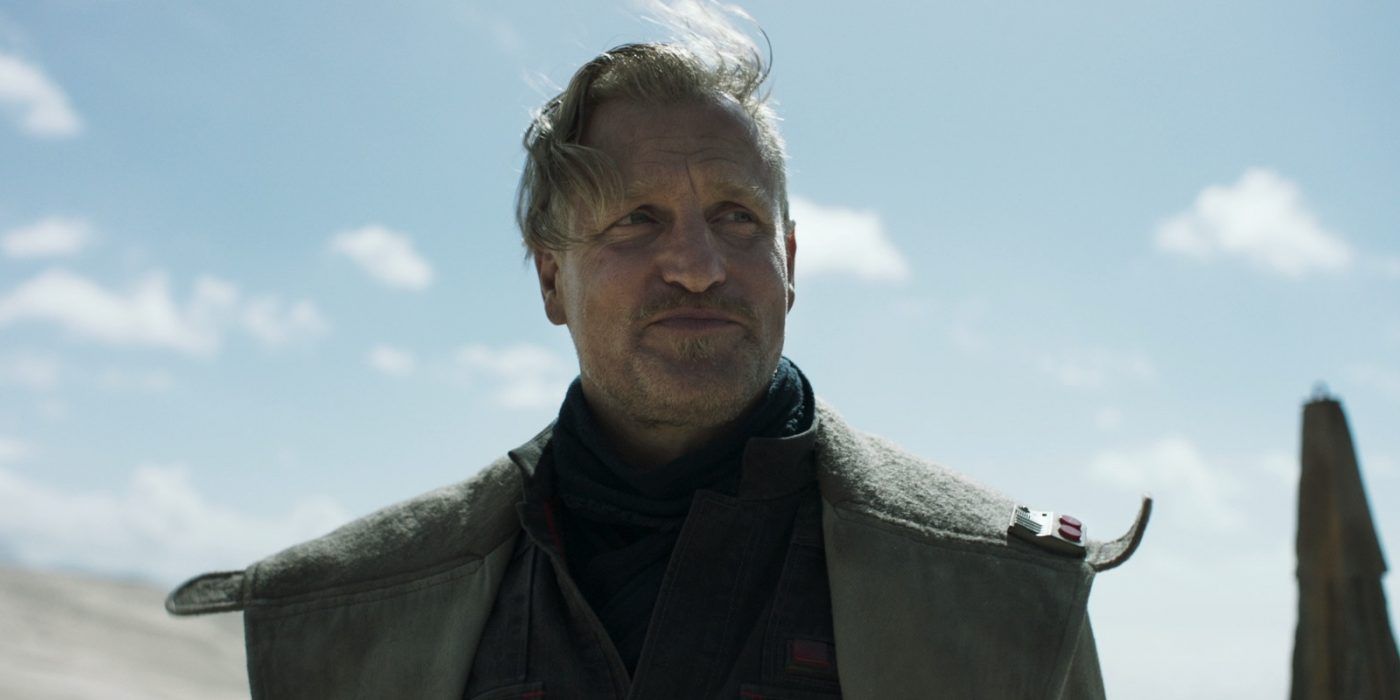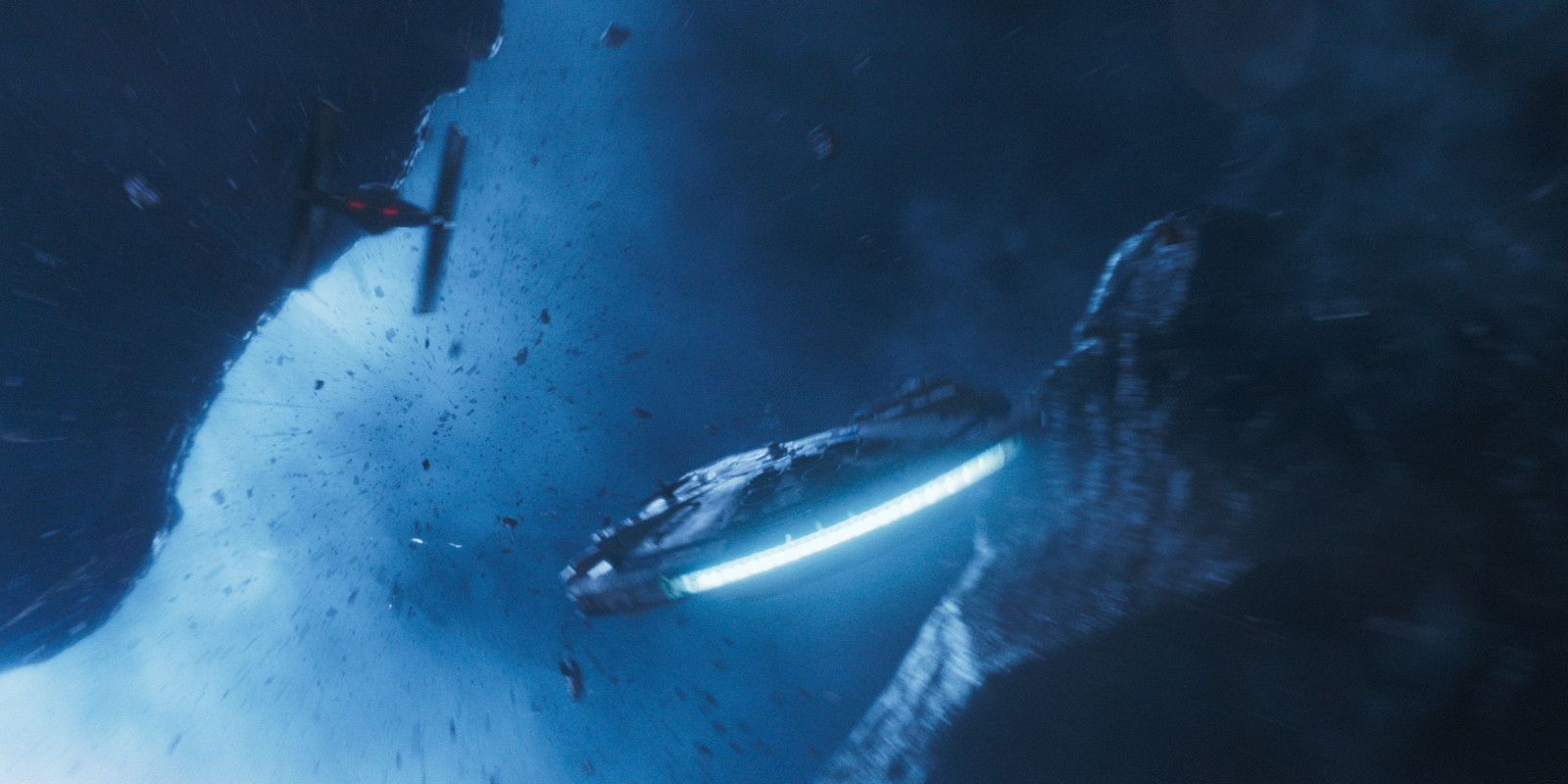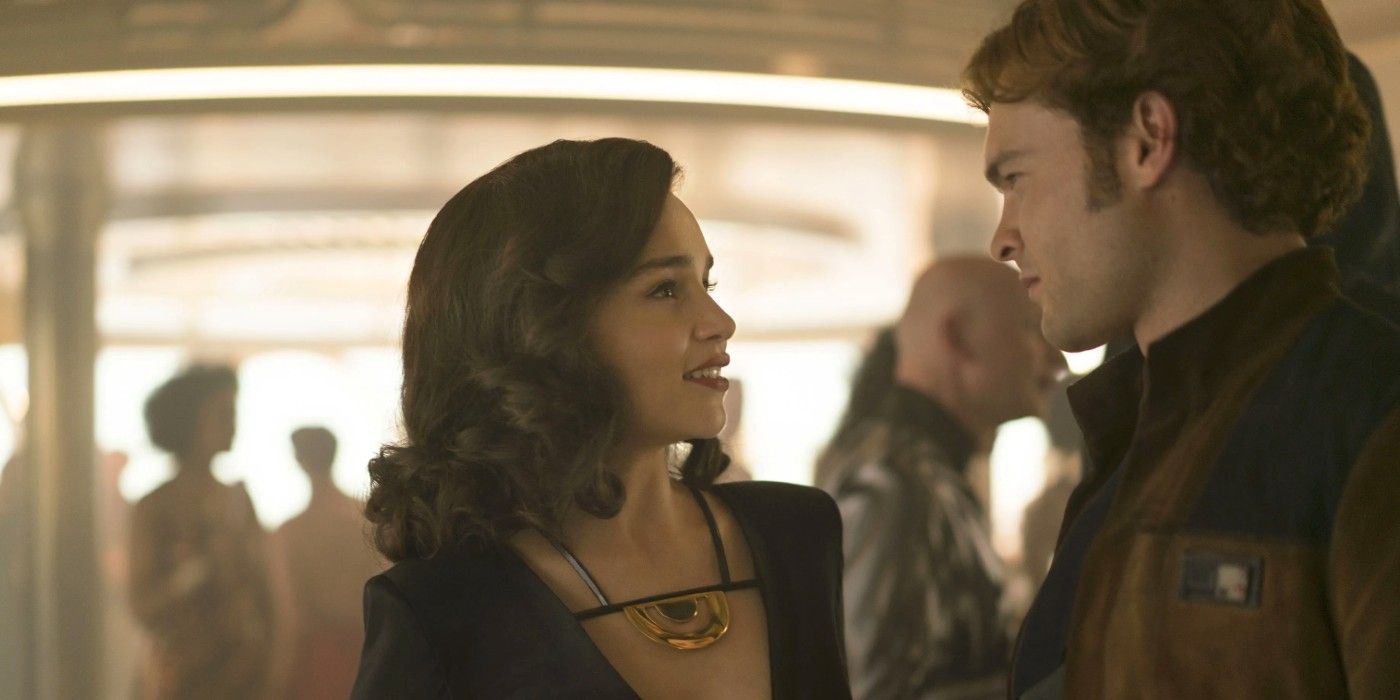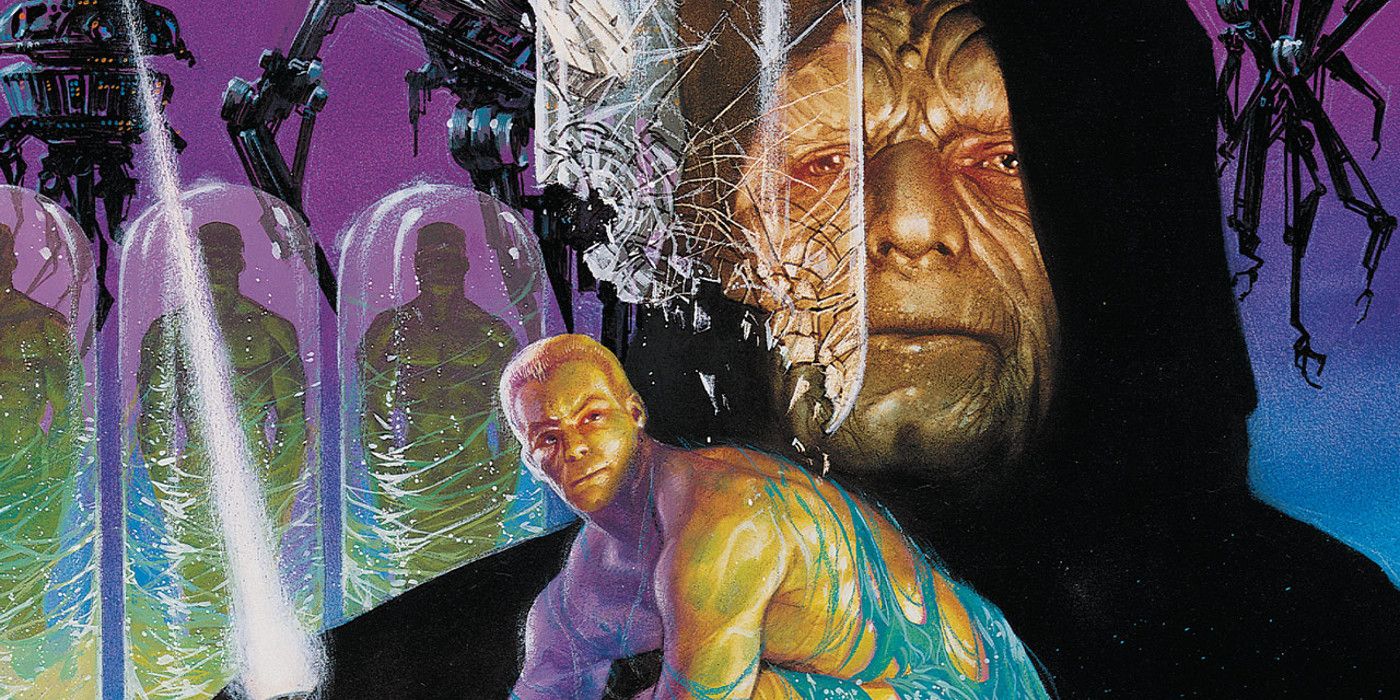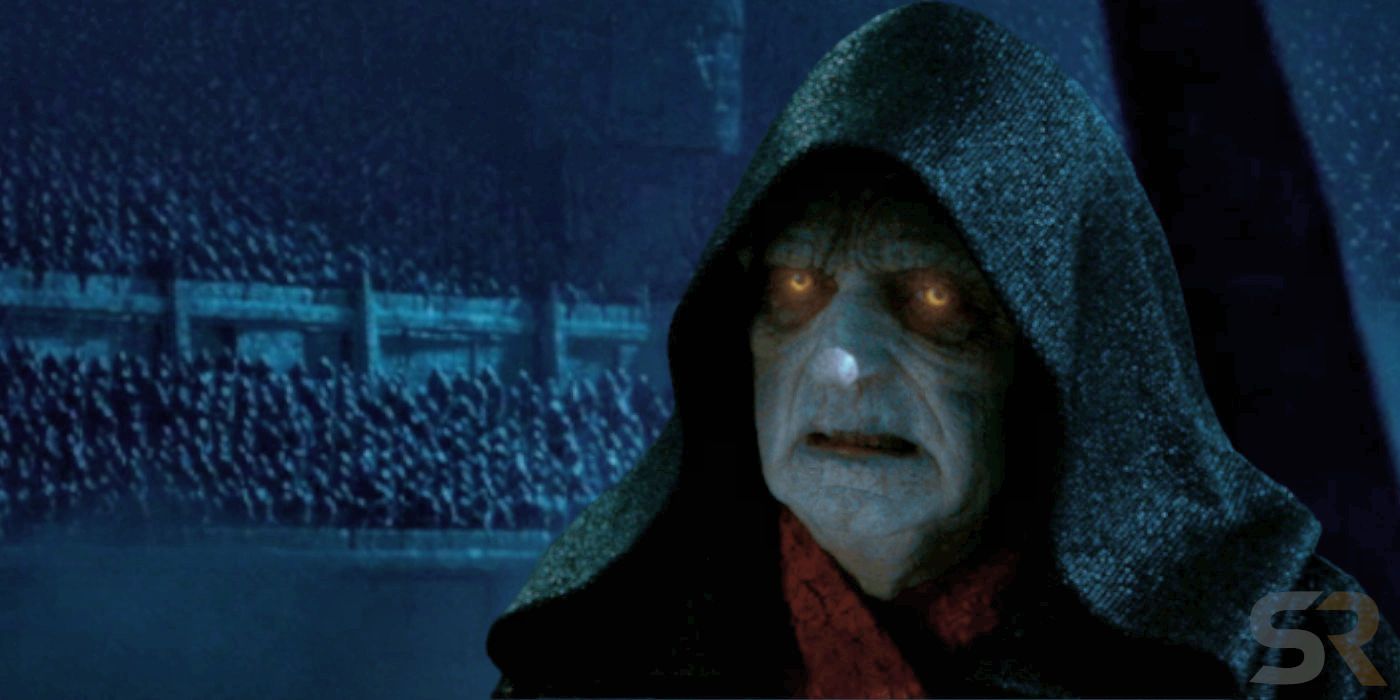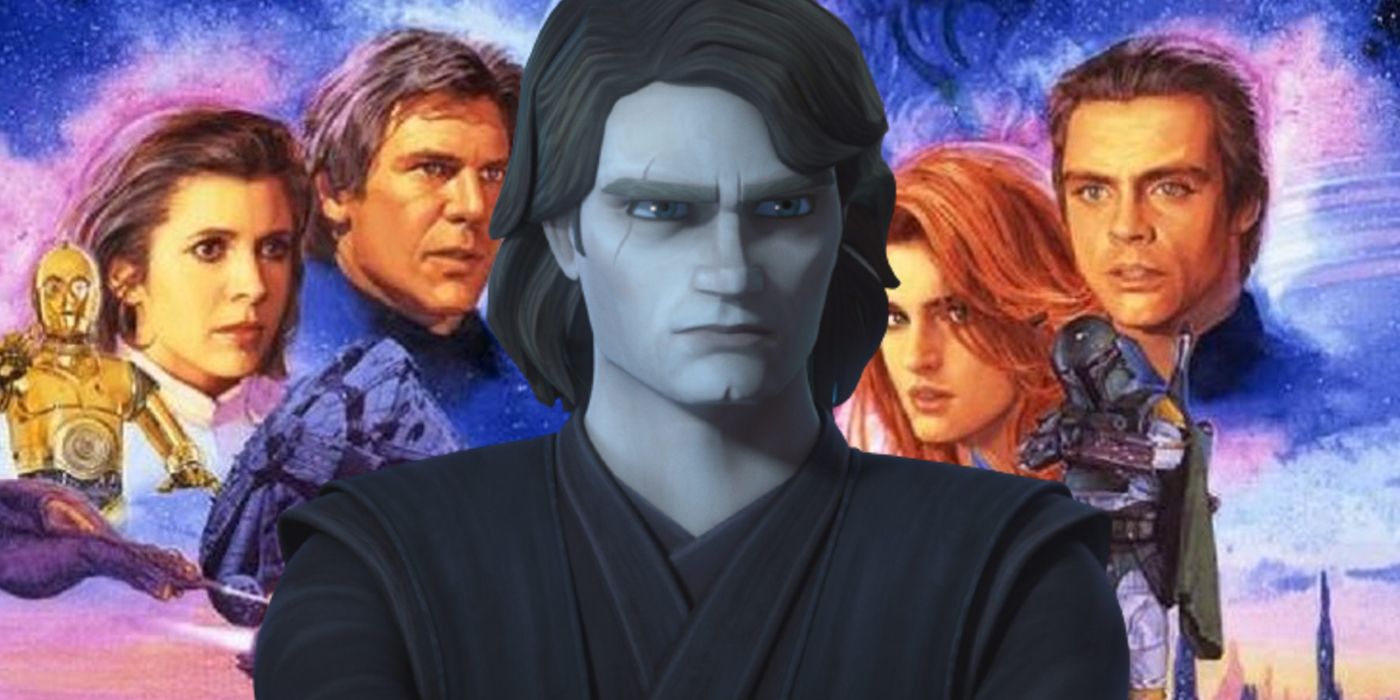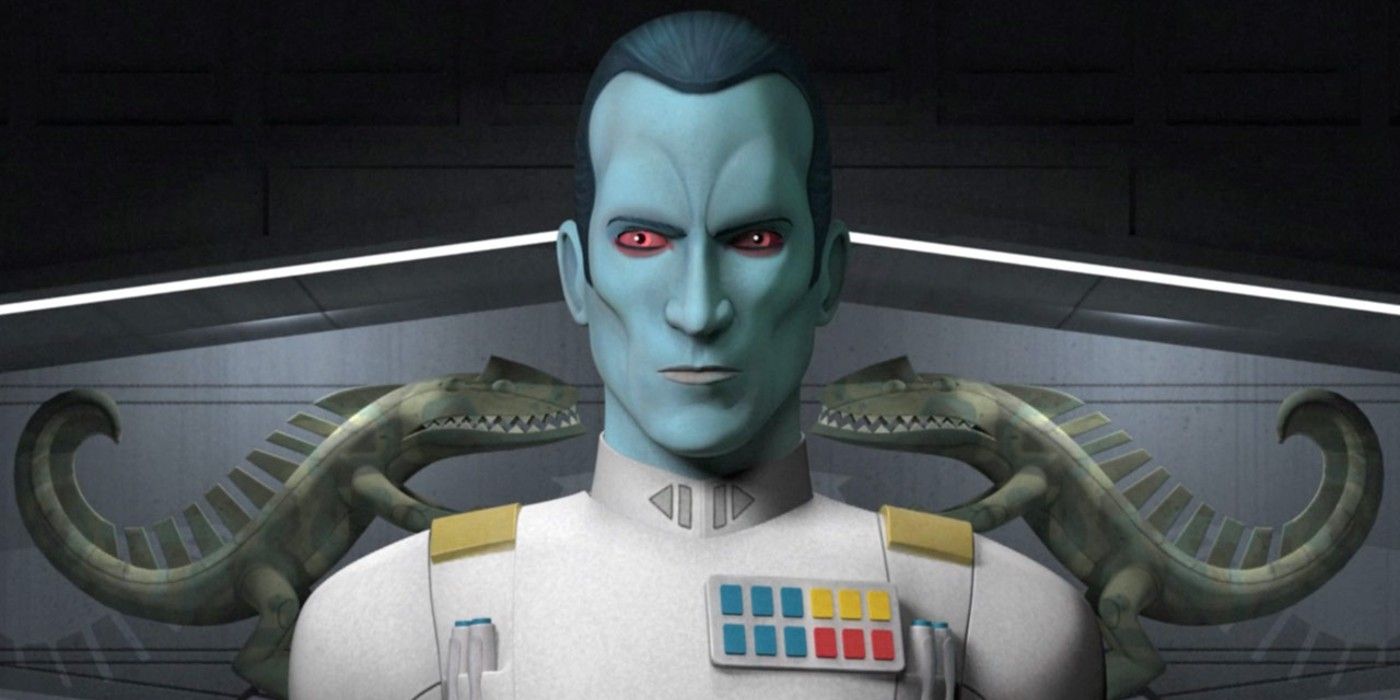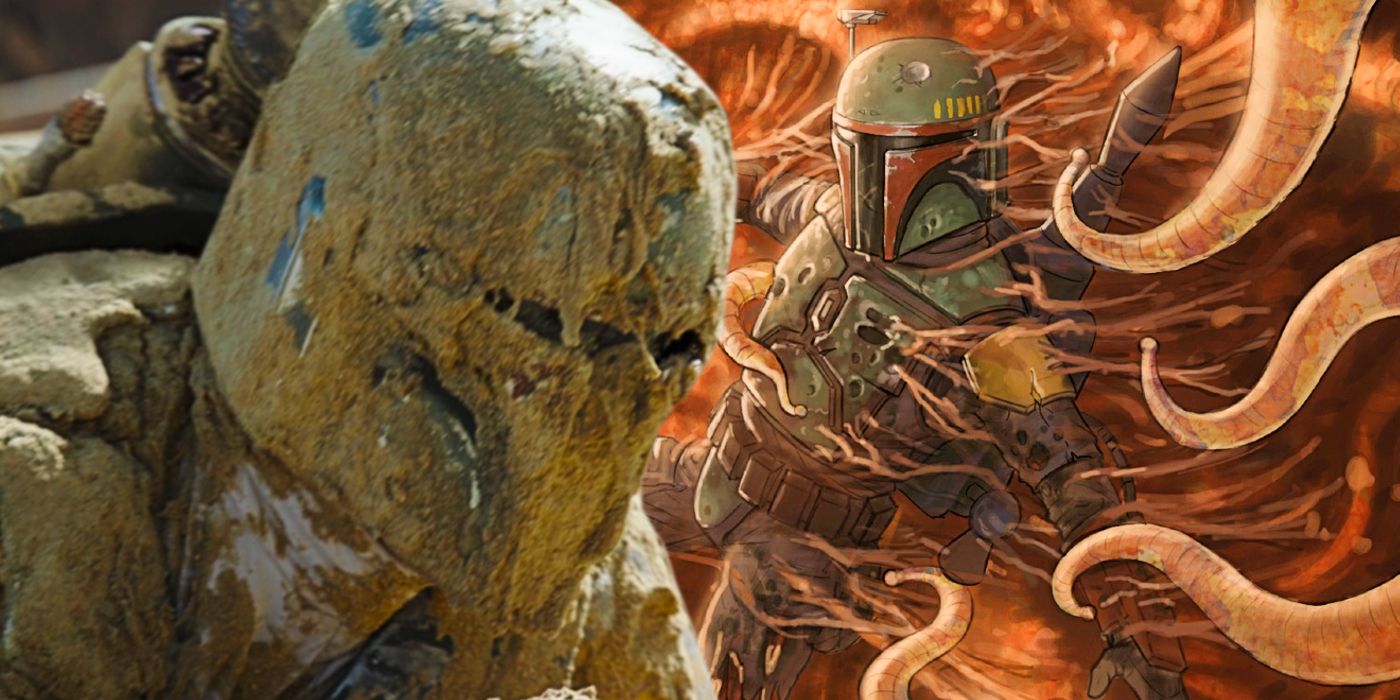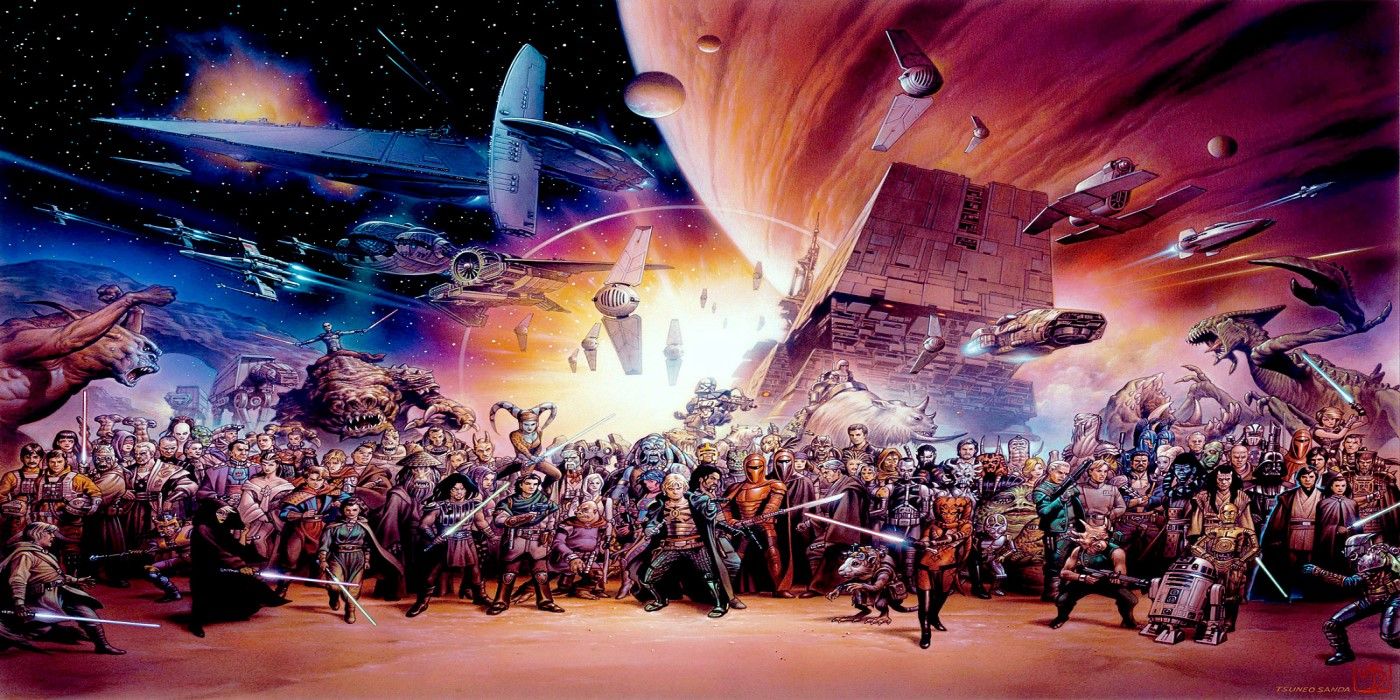Since April 2014, the Star Wars franchise has had a new continuity as a Disney property, but the current canon includes numerous elements inspired by Legends. Before its renaming, Legends was called the Expanded Universe and for much of the Star Wars franchise’s history, it was officially part of the same timeline as the Star Wars original and prequel trilogies. Since the sequel trilogy sought to cover a time period already shown in the Legends, Lucasfilm relegated the former Expanded Universe to an alternate timeline, though the new canon has used it as a wellspring of inspiration.
Although Legends had a canon tier system, it was ultimately unnecessary as it managed to maintain strong synergy between its non-movie material and the six saga films surprisingly well, with only occasional retcons used to clear up continuity snarls. Although the original and prequel trilogies are part of both canon and Legends, the only gray area is 2008’s Star Wars: The Clone Wars, which began in the Legends era but never truly fit into the Legends timeline, necessitating that it be considered a canon-exclusive property. With nearly 40 years of compelling lore, Legends has inspired the following characters and events in the post-2014 Star Wars canon continuity.
14 Han & Leia’s Son Becomes A Dark Side Villain
Star Wars: The Force Awakens’ main antagonist, Kylo Ren, is extremely similar to a major Legends-era character. Ben Solo, like Jacen Solo, is the son of Han Solo and Leia Organa who was initially a pupil of Luke Skywalker before falling to the dark side. While the two are alike in the broad strokes, the two have several major differences. Ben Solo is Han and Leia’s only child while Jacen was the oldest of three. While Ben becomes a Knight of Ren due to his parents’ absence and Luke’s failures as a Jedi Grandmaster, Jacen becomes the Sith Lord Darth Caedus out of desperation to avert a galaxy-destroying catastrophe.
13 The Galaxy Gets A New Republic And New Jedi Order
While hardly shown in The Force Awakens, the sequels have the Rebellion establish the New Republic and Luke Skywalker has initiated a new generation of Jedi. Unlike its Legends counterpart, canon’s New Republic does not endure over a decade of war with Imperial warlord factions, and thus it demilitarizes after only a year. The New Republic becomes rife with corruption far sooner than the Legends version, leaving it impotent against the First Order and leading Leia Organa to form the Resistance. While Legends’ New Republic eventually reforms into the Galactic Federation of Free Alliances, canon’s New Republic was destroyed by the First Order.
Luke Skywalker was expected to rebuild the Jedi Order following Return of the Jedi, but canon and Legends depict vastly different iterations of his generation. In Legends, Luke founds the New Jedi Order, a reformed successor to the prequel-era Jedi who eschews outdated traditions and allows their knights to live far healthier lives. Canon’s Luke does not continue his Return of the Jedi arc, having him rebuild the Jedi with their prequel-era failings, leaving him jaded and his nephew susceptible to the dark side. With Rey being the galaxy’s last Jedi at the end of the sequels, she may create a new generation far closer to Legends’ New Jedi Order.
12 Darth Vader’s Castle
While Darth Vader’s castle was initially meant to debut in The Empire Strikes Back, the concept did not become canon until it appeared in the Legends-era Dark Empire comic series. While the castle is located on Vjun in Legends, its post-2014 canon counterpart is on Mustafar, as shown in its Rogue One: A Star War Story debut. In both iterations, however, Darth Vader’s castle is where the Sith Lord spends his free time, honing his skills in the dark side of the Force and being protected by a garrison of Imperial military personnel.
11 The Battle Of Scarif Appears Inspired By The Battle of Toprawa
The theft of the Death Star plans is essential to the plot of A New Hope, with Legends portraying it through a series of missions collectively called Operation Skyhook. The operation culminates in the climactic Battle of Toprawa, portrayed in the Star Wars radio dramas, Rebel Dawn, and Jedi Dawn. The new canon simplifies the plans’ theft, depicting it with only the Battle of Scarif, the action-packed finale of Rogue One.
The battles of Toprawa and Scarif both involve a team of Rebels infiltrating an Imperial base, transmitting the Death Star schematics to an orbiting Rebel vessel, and dying in a final stand with Imperial forces. In Legends, the space battle over Toprawa ends with a decisive Rebel victory before the ground mission begins, while both portions happen mostly simultaneously in canon’s Battle of Scarif. Moreover, the Battle of Toprawa ends with the Rebel spies being overrun by Imperial reinforcements while the Battle of Scarif ends with them being disintegrated by a low-power blast from the Death Star.
10 Force Projection
A Force ability first shown in Dark Empire makes its live-action debut in Star Wars: The Last Jedi during the third act. Luke Skywalker feigns a fall to the dark side in Dark Empire in an attempt to defeat the Sith from within their own ranks. In one notable scene, Luke projects a lifelike image of himself aboard the Millennium Falcon while he remains on the Deep Core world of Byss. In The Last Jedi, Luke similarly creates a doppelgänger of himself on Crait while on the planet Ahch-To, distracting Kylo Ren and the First Order. While Luke safely uses the ability in Legends, the power kills him in canon.
9 Han Solo’s Mentor & Imperial Past
Solo: A Star Wars Story is packed with easter eggs referencing Legends-era content, but the film’s new version of Han Solo’s origin takes heavy inspiration from the Legends-era Han Solo Trilogy of novels. Before becoming a smuggler, Han Solo was a member of the Imperial Starfighter Corps in both canon and Legends, with Legends depicting him as an exemplary pilot but canon having him transferred to the Imperial Army as punishment for insubordination. Moreover, Han Solo’s mentor in Legends, Garris Shrike, served as inspiration for the two canon characters Lady Proxima and Tobias Beckett.
8 The Kessel Run Through The Maw
Han Solo’s famous achievement of making the Kessel Run in less than 12 parsecs (a seemingly dubious claim, given that parsecs are a unit of distance) is also depicted in the Legends-era Han Solo Trilogy and canon’s Solo. In both cases, this apparently nonsensical dialogue is explained in-universe, with the treacherous Kessel Run taking ships dangerously close to the Maw. In Legends, the Maw is a cluster of black holes created to imprison the dark side abomination known as Abeloth as well as the location of the Imperial Maw Installation. In canon, the Maw is only a single black hole and the home of vacuum-breathing monsters such as the Summa-verminoth.
7 Han Solo Falls In Love Before Meeting Leia
Another element of Legends that Solo brought into the new canon is Han Solo’s first love interest. The Han Solo Trilogy’s Bria Tharen appears to have influenced Rogue One’s Jyn Erso, with Tharen leading the ground mission on Toprawa and died after transmitting the Death Star plans to Princess Leia, and Solo’s Qi’ra, whose devotion to an organization drove her and Han Solo apart. In Qi’ra’s case, the organization in question is Crimson Dawn while Bria Tharen joins the Rebel Alliance. Although the Legends-era Bria Tharen and canon’s Jyn Erso both perish stealing the Death Star plans, Qi’ra is still alive in the current Star Wars canon.
6 The Resurrection & Son Of Darth Sidious
Palpatine’s resurrection in Legends, as shown in Dark Empire, is one of the old timeline’s most controversial choices yet elements of it became integral to canon’s sequel trilogy via Star Wars: The Rise of Skywalker. By using the dark side power known as essence transfer (a detail noted in Dark Empire but not in The Rise of Skywalker), Palpatine returns from the dead, moving his consciousness into a cloned body as he plots to take control of another Force-sensitive. Palpatine dies several times fighting Luke and Leia in Dark Empire, meeting his permanent end in Empire’s End, while his likely final demise in canon occurs during the Battle of Exegol.
While not covered in Dark Empire, the Legends-era Palpatine is also the father of a human-Umbaran hybrid named Triclops, who rejects the Sith and has a child who becomes a Jedi. In canon, Palpatine’s son, Dathan, similarly flees his father and later has a child, Rey, who becomes not only a Jedi but also one of the sequel trilogy’s main protagonists. Unlike the Legends-era Triclops, canon’s Dathan is a strand-cast clone of Palpatine who was raised by the undead Sith Lord as a son.
5 The Sith Eternal Draws From The Dark Empire
Palpatine’s resurrection is not the only element of Dark Empire to appear in The Rise of Skywalker. In addition to cheating death, the Legends-era Palpatine also unveils a hidden backup portion of the Empire (known as the Dark Empire) on the Deep Core world of Byss. With nightmarish superweapons and superlaser-armed Super Star Destroyers, Palpatine nearly reconquers the galaxy. The Rise of Skywalker uses the Sith Eternal and Final Order in place of the Dark Empire and planet-destroying Xyston-class Star Destroyers similarly to Palpatine’s Eclipse flagships, having them hidden on Exegol in the Unknown Regions rather than Byss.
4 The Clone Wars Is Inspired By The Legends Multimedia Project
Although The Clone Wars began well before the Expanded Universe became Legends, it caused a plethora of continuity issues with the Legends timeline that could not be simply retconned away. This, combined with Dave Filoni’s statement that the series was never meant to be set in the then-Expanded Universe, makes the series the first canon-exclusive property. The Clone Wars brings numerous elements of Legends into canon, such as the Sith acolyte Asajj Ventress (who is rewritten as a Dathomir native instead of a Rattataki), the Death Watch terrorist group, V-19 Torrent starfighters, and reimagined versions of the battles of Kamino and Mon Calamari.
3 Grand Admiral Thrawn Debuts In Rebels
One of the most famous characters in the Legends continuity is the master tactician Grand Admiral Thrawn, whose most famous appearances are in the Thrawn Trilogy by Timothy Zann. A new version of Thrawn is introduced in the third season of Star Wars Rebels, with the Chiss officer becoming a grave threat to the growing Rebellion. The Mandalorian reveals that Thrawn somehow survives the Rebels series finale, hinting that he will be the antagonist of the upcoming Ahsoka Disney series.
2 Boba Fett Escapes The Sarlacc
Fan-favorite antagonist Boba Fett unceremoniously falls into The Great Pit of Carkoon in Return of the Jedi, but Legends-era stories reveal that he escapes the sarlacc pit (no less than twice). Uttering the famous line “The sarlacc found me somewhat indigestible” in Dark Empire, Fett continues to menace his old rival Han Solo before eventually getting back in touch with his Mandalorian heritage and succeeding Fenn Shysa as the Mand’alor. Canon’s Boba Fett has yet to become a true Mandalorian, but his escape from the sarlacc is shown in the pilot of The Book of Boba Fett after he made his long-awaited return in The Mandalorian season 2.
1 Other Legends Elements In Disney’s Canon
Disney’s Star Wars canon features numerous planets, droids, blasters, events, starships, and Force abilities that originate in Legends-era material. This includes:
- Dathomir, which is significantly reimagined in The Clone Wars and is now the homeworld of both Darth Maul (who is a Zabrak from Iridonia in Legends) and Asajj Ventress (who is a Rattataki from Rattatak in Legends).
- TIE Defenders, elite TIE starfighters which make their canon debut in Rebels.
- Lightsaber Crystals, which are known as Kyber Crystals in canon.
- Dark Troopers, who are elite Imperial battle droids in both continuities.
- Bryar Blaster Pistols, which appear to be military grad and armor-piercing in canon, unlike their Legends counterparts.
- Mandalore, the homeworld of Mandalorians.
- Beskar, the traditional blaster-resistant and lightsaber-proof Mandalorian iron.
- Skyhooks, which connect a space station to the surface of a planet via a lift system.
- Force Healing and Force Drain, the respective healing abilities of Jedi and Sith.
- Immobilizer 418 Cruisers, which use gravity-well projectors to prevent hyperspace travel.
- Ryloth, the homeworld of Twi’leks.
- Jedi and Sith Holocrons, Force-imbued items which contain information only accessible by Jedi or Sith.
- Life Day, a wookiee holiday.
- Mag-Pulse warheads, which make their canon debut in The Force Awakens.
- Crossguard Lightsabers, made famous by Kylo Ren.
- Mimban, the setting of Splinter of the Mind’s Eye and a key location in Solo.
- Hammerhead Corvettes, Rebel vessels inspired by ships seen in Star Wars: Knights of the Old Republic.
- Teräs Käsi, a deadly martial art.
- Sovereign Protectors, Palpatine’s post-Endor guards, seen in Dark Empire and The Rise of Skywalker.
- TIE Scouts, hyperspace-enabled TIE starfighters which made their canon debut in The Rise of Skywalker.

